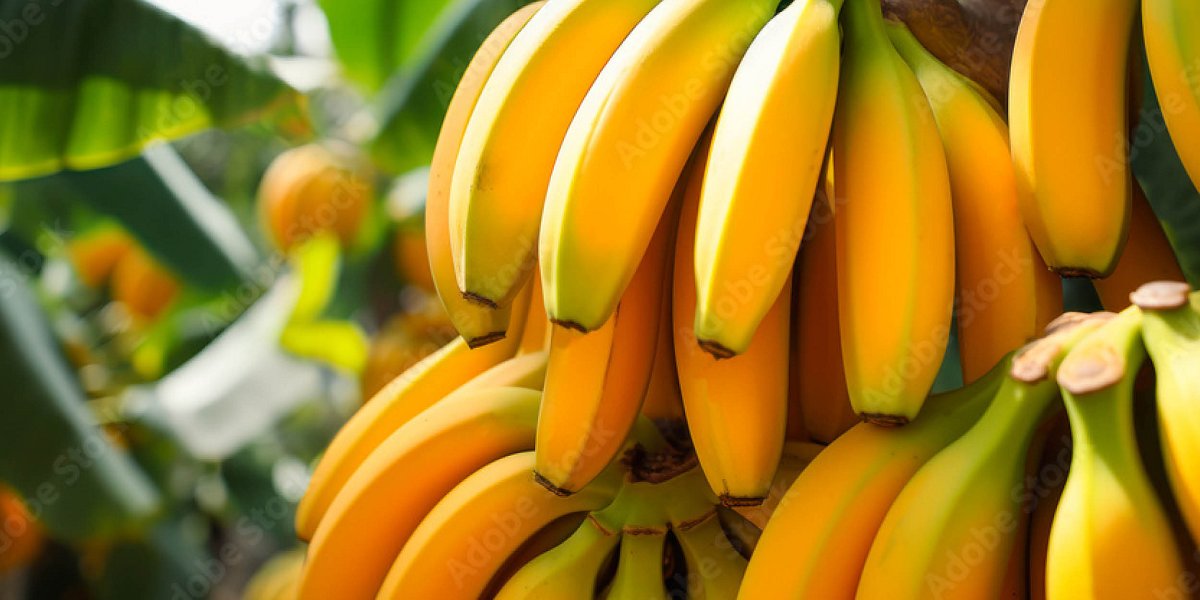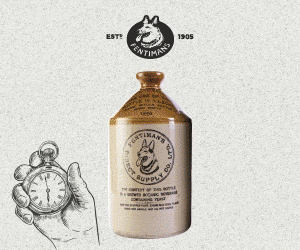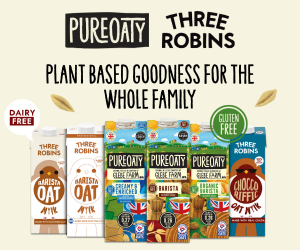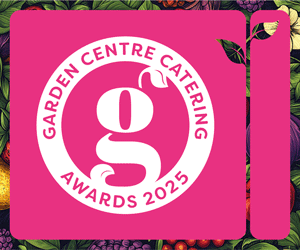Don't go bananas for a smoothie
Recent research reveals that when a banana is added to berries in a smoothie, the amount of flavanols ingested decreases by 84%

According to recently published research in Food and Function, garden centre caterers who are looking to boost health-conscious customers' intake of health-giving flavanols from the berries in a smoothie, should offer the banana on the side.
In a study led by University of California, Davis, in collaboration with the University of Reading, scientists used smoothies to test how polyphenol oxidase – an enzyme found in many fruits and vegetables that is responsible for the browning when these are cut or bruised – affects the absorption of flavanols by the human body. This enzyme is found in particularly high levels in bananas.
Adding banana to a berry smoothie reduces the flavanols taken in by the consumer by 84%, compared to the control group, who took a flavanol capsule.Flavanols are bioactive compounds that have been proven to support good heart and cognitive health. We should all be consuming 400-600 milligrams of flavanols, daily, according to a dietary recommendation from the Academy of Nutrition and Dietetics in the USA.
Gunter Kuhnle, professor of utrition and food science at the University of Reading and co-investigator of the study says: “If you don’t consume enough flavanols, it can negatively affect cardiovascular health. In older adults, a deficiency of flavanols is also linked to cognitive decline. So, it’s clear we need them, but the question is how best to get flavanols from the food and drinks we consume.”
Lead scientist Javier Ottaviani, director of the Core Laboratory of Mars Edge, which is part of Mars, Inc., and an adjunct researcher with the Department of Nutrition at the University of California, Davis adds: “We sought to understand, on a very practical level, how a common food and food preparation like a banana-based smoothie could affect the availability of flavanols to be absorbed after intake.”
Professor Kuhnle continues: “Smoothies are a popular way to pack fruit and vegetables into our morning routines. We know from previous studies that flavanols can be broken down by polyphenol oxidase. The extent of the effect from adding a single banana was still very surprising – it had enough polyphenol oxidase to destroy the vast majority of flavanols found in the berries.Bananas may be ruled out of the morning smoothie if you want to boost your flavanol intake, but on their own, they are still great fruits and can play an important role in many healthy diets.”
Flavanols are found in applies, pears, blueberries, blackberries, grapes, and cocoa, which are all common smoothie ingredients. But is blitzing them up in a smoothie an effective way to get what you need?
Participants were given a smoothie with banana and berries, one with just mixed berries, or a flavanol capsule. The researchers then took blood and urine samples to measure the flavanols that actually made it through and into the participant’s bodies.
The researchers found that both the flavanol levels in the smoothie, and the levels absorbed by the body, were reduced when banana was included.
Professor Kuhnle said: “We still know very little about food-food and food-nutrient interactions, even though they can have a huge impact on the uptake of nutrients and bio-actives like flavanols.“Here, we could show that the uptake of flavanols can vary by more than five-fold depending on the combination of foods. Bananas are a great ingredient in smoothies to provide a nicer texture - but they can affect flavanol uptake.
“If you want to boost flavanol intake with a smoothie, you should combine flavanol-rich fruits like berries with foods that have a low polyphenol oxidase activity like pineapple, oranges, mango or yoghurt.”
The paper “Impact of polyphenol oxidase on the bioavailability of flavan-3-ols in fruit smoothies: a controlled, single blinded, cross-over study” is published in Food & Function: https://doi.org/10.1039/d3fo01599h
















